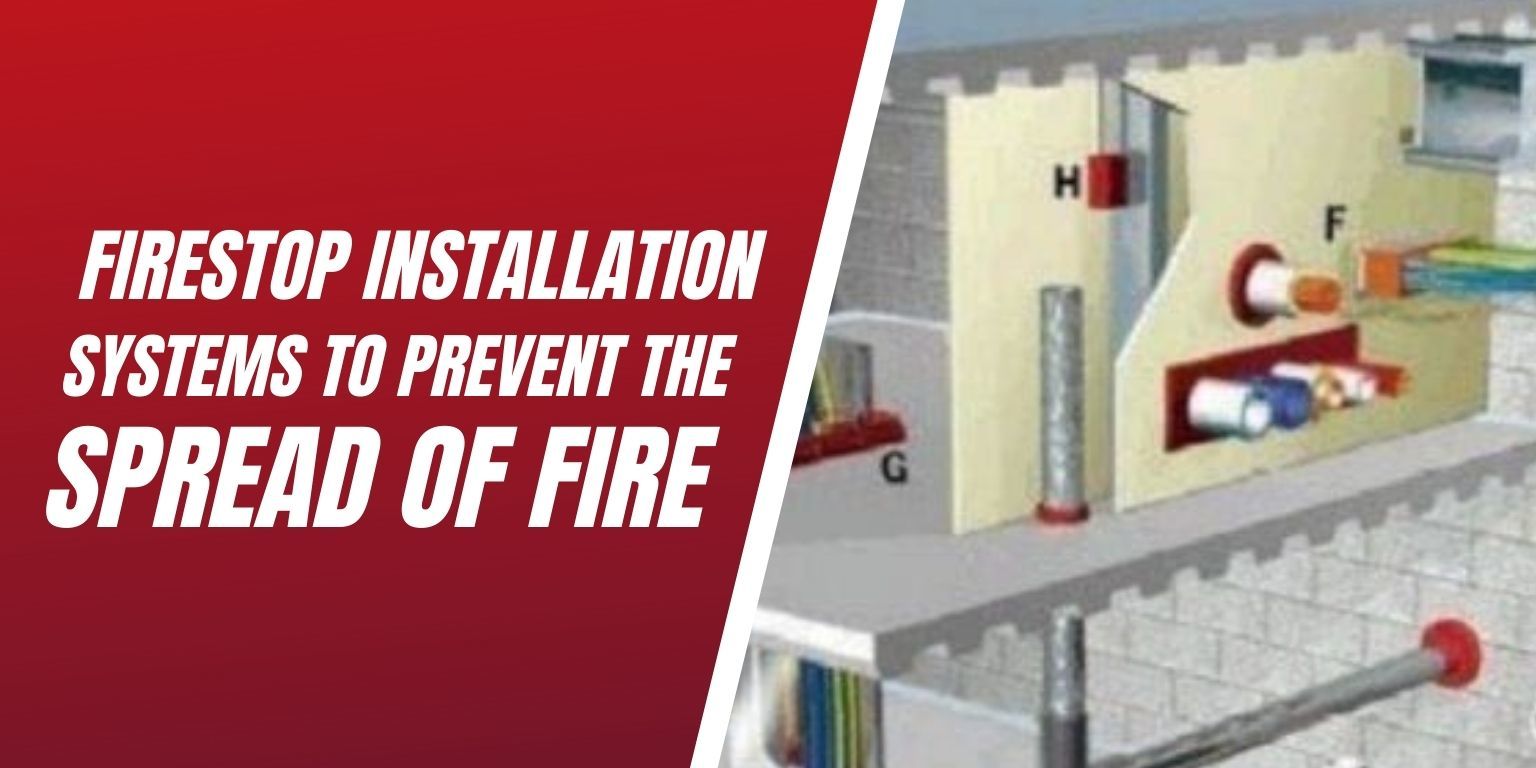
Maintaining the integrity of your facility’s fire-rated walls by including firestop installation systems for your facility is one of the most important components of a facility’s fire and life safety protection! One of the most common firestopping issues is improperly installing firestop materials. If a building’s fire barriers have not been properly maintained, then fire and smoke will spread quickly causing unnecessary property damage as well as putting people’s lives in danger.
Fire walls, partitions, and smoke barriers are designed to help prevent the spread of both fire and smoke in the event of a fire emergency. Too often, these walls become damaged from penetrating items. Therefore, firestopping has become a key component to a building’s over all fire and life safety system.
Firestop materials are used to seal up any spaces that surround plastic pipes or wires that may be penetrating walls, ceilings or even the floor. These items will melt or change shape during a fire, which is why some firestop materials will expand in the presence of heat. This swelling action seals and stops the spread of fire and smoke to other rooms and even floors within a building. Here is a list of the most common firestop materials and how they are used to help prevent the spread of fire and smoke.
Most Common Firestop Installation Systems For Your Facility
- Composite Sheets
- Firestop Bricks / Plugs
- Firestop Mortars
- Pillows
- Pre-Fabricated Kit Systems
- Putties
- Sealants (Silicone, Latex, Intumescent)
- Spray Products
- Wrap Strips
Each firestop material is specifically designed to be used to seal off any gaps and holes surrounding penetrating items in a particular wall, floor and ceiling. As you can see from the list, firestop materials are manufactured in various types and it is important to make sure that the right firestop material is being used. For more information about each firestop system, check out our blog, “Choosing The Best Firestopping Installation Systems”.
Making sure that you choose the best firestop system for your facility is critical to the integrity of your building as well as the safety of its occupants. Each firestop material is specifically designed to help prevent the spread of fire and smoke through fire barriers. When using the proper equipment in the proper areas, firestopping can help to seal off and stop the spread of fire and smoke in the event of an emergency.
The International Fire Code (IFC), the International Building Code (IBC) as well as the National Fire Protection Association (NFPA), require routine maintenance of a facility’s fire barrier walls. Each state walls should be properly repaired when damaged, altered, breached or penetrated. Any penetrations found should be repaired with approved methods capable of resisting the passage of smoke and fire.
Whether you are in an educational campus, commercial facility, healthcare or industrial, it is critical make sure your building’s fire-rated walls, ceiling, and floors are regularly maintained. Looking to have firestopping services for your facility’s fire barriers? Our FM Approved firestop contractor can perform a Firestop installation in your building, which includes:
- Installation of UL classified firestop system based on SOC
- Preparation of submittal documents for AHJ submission
- Master report with digital documentation listing UL classified firestop system installed available via our web-based inspection software, LSS SiteSurveyor
For more information, Contact Us Here or call 888.675.4519

